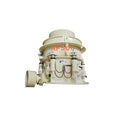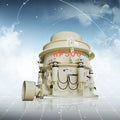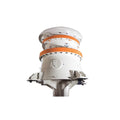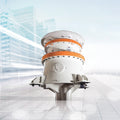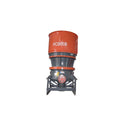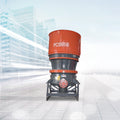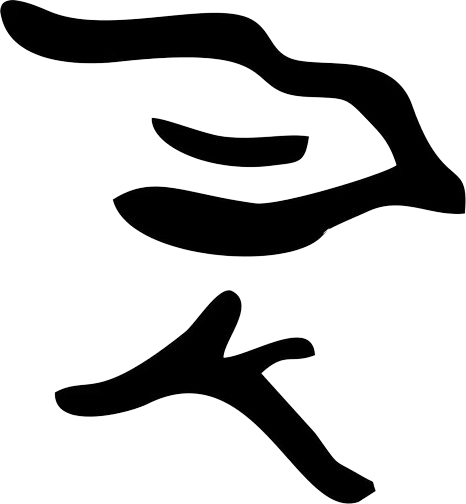1.Natural evaporation: that is, the solution evaporates at a temperature below the boiling point, such as seawater salt, in this case, because the solvent only vaporizes on the surface of the solution, the solvent vaporization rate is low.
2. Boiling evaporation: the solution is heated to the boiling point, so that it evaporates in the boiling state. The evaporation operation in industry is basically the same.
3. Direct heat source heating it is the fuel and air mixed, so that the combustion of the high temperature flame and flue gas directly injected into the vaporized solution through the nozzle to heat the solution, the evaporation process of vaporizing the solvent.
4. Indirect heat source heats the container wall to the evaporated solution. That is, the heat transfer process in a wall heat exchanger.
5. Can be divided into normal pressure, pressure and pressure (vacuum) evaporation operations. Obviously, for heat-sensitive materials, such as antibiotic solutions, fruit juices, etc., should be carried out under reduced pressure. High viscosity materials should be heated by pressurized high temperature heat sources (such as thermal oil, molten salt, etc.) for evaporation.
6. Can be divided into single effect and multi-effect evaporation. If the direct condensation of secondary steam generated by evaporation is no longer used, it is called single-effect evaporation. If the secondary steam is used as the next effect to heat the steam, and multiple evaporators are connected in series, this evaporation process is multi-effect evaporation.
